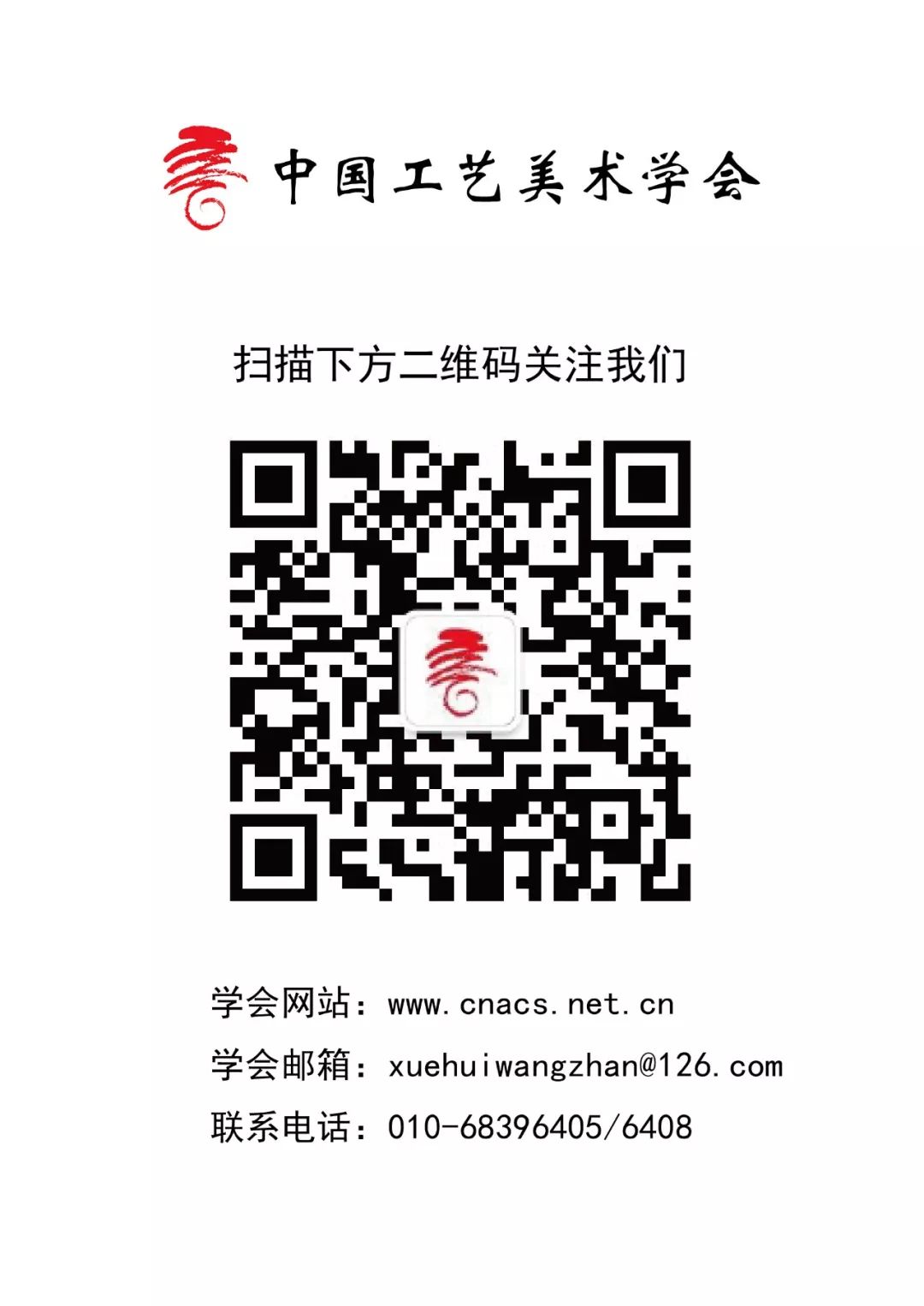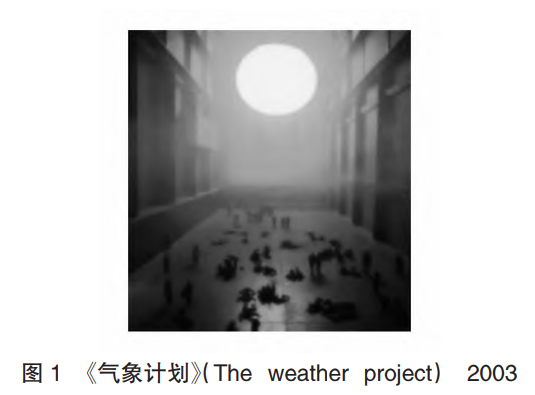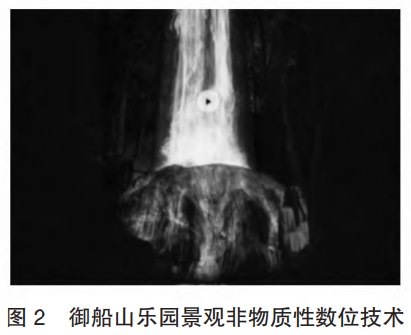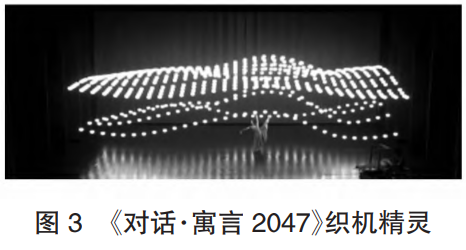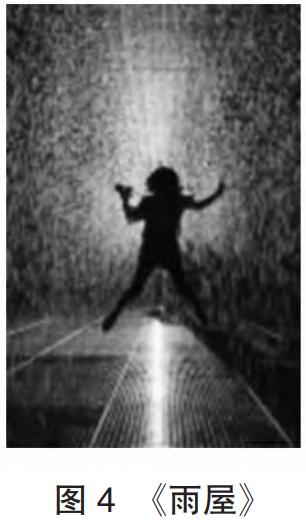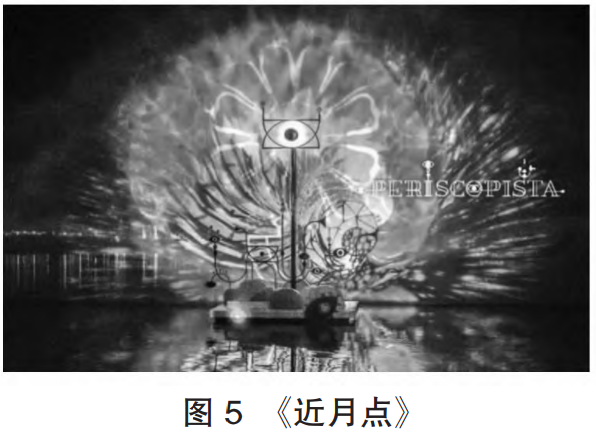Currently, the term immersion is widely used in various contexts, becoming increasingly close to our lives. Immersive art aligns with contemporary trends, making it easily accepted and recognized. From the perspective of the subject, engaging with immersive art stimulates sensory functions to achieve “synesthesia,” allowing physiological recognition while also providing entertainment, enabling quick psychological acceptance and achieving a state of unity. From the perspective of the art itself, the blank spaces left by immersive art also allow viewers to exercise subjective creativity, connecting the relationships between the theme, environment, and world. Due to its inherent characteristics, immersive art has become a vibrant and competitive artistic form. Throughout history, humanity has created a wealth of wisdom and resources. While traditional crafts face the impact of the new industrial era, they also encounter opportunities and challenges. China’s traditional crafts are where national cohesion lies, representing a unique quality in the world. The ultimate exploration of art will return to its most original state. The thoughts embedded within technological craftsmanship reflect an understanding of time, space, the universe, and nature. The illustrations and forms displayed in craft art also interpret the concepts of traditional culture and the era in which they exist, such as the round sky and square earth, the balance of yin and yang, and the harmony of masculine and feminine. Just as immersive art prompts people to reflect on nature and their perceptions, bringing viewers into the space aligns with the Taoist principle of “wu wei” (non-action). Immersive art transforms overlooked aspects of life into visible results. It fosters awareness of the relationship between humans and society, as well as between humans and nature, prompting reflection and insights. In this way, tradition and modernity can reconnect. The long-term development of traditional crafts requires continuous innovation rooted in the cultural connotations behind them. The aesthetic approach of immersive art allows viewers to enter the field, shifting from appreciating beauty to feeling beauty, enabling a deeper and more multidimensional understanding of the work’s connotation and value. Immersive art can open new avenues for the development of traditional crafts, and there is still a long way to go regarding development, models, and marketing. However, what we can see is that the future path of traditional crafts will become increasingly bright.
Source: Watch and Inherit Public Account
(The above text and images are sourced from the internet. If there are any disputes regarding the ownership of this text or images, please contact me.)
